
November 14, 2023
The Battle for Sustainable Packaging Supremacy
In our sustainability-driven world, businesses are increasingly challenged to adopt eco-friendly practices, particularly in their choice of packaging materials. The choices made here can have far-reaching implications for the environment and the reputation of the brands and companies involved.
However, determining the nuances between biodegradable, recyclable, and reusable materials can be a daunting task. Here we embark on an exploration of the distinctions among these packaging options, to determine, if possible, which option reigns as more sustainable in the long term:
BIODEGRADABLE PACKAGING:
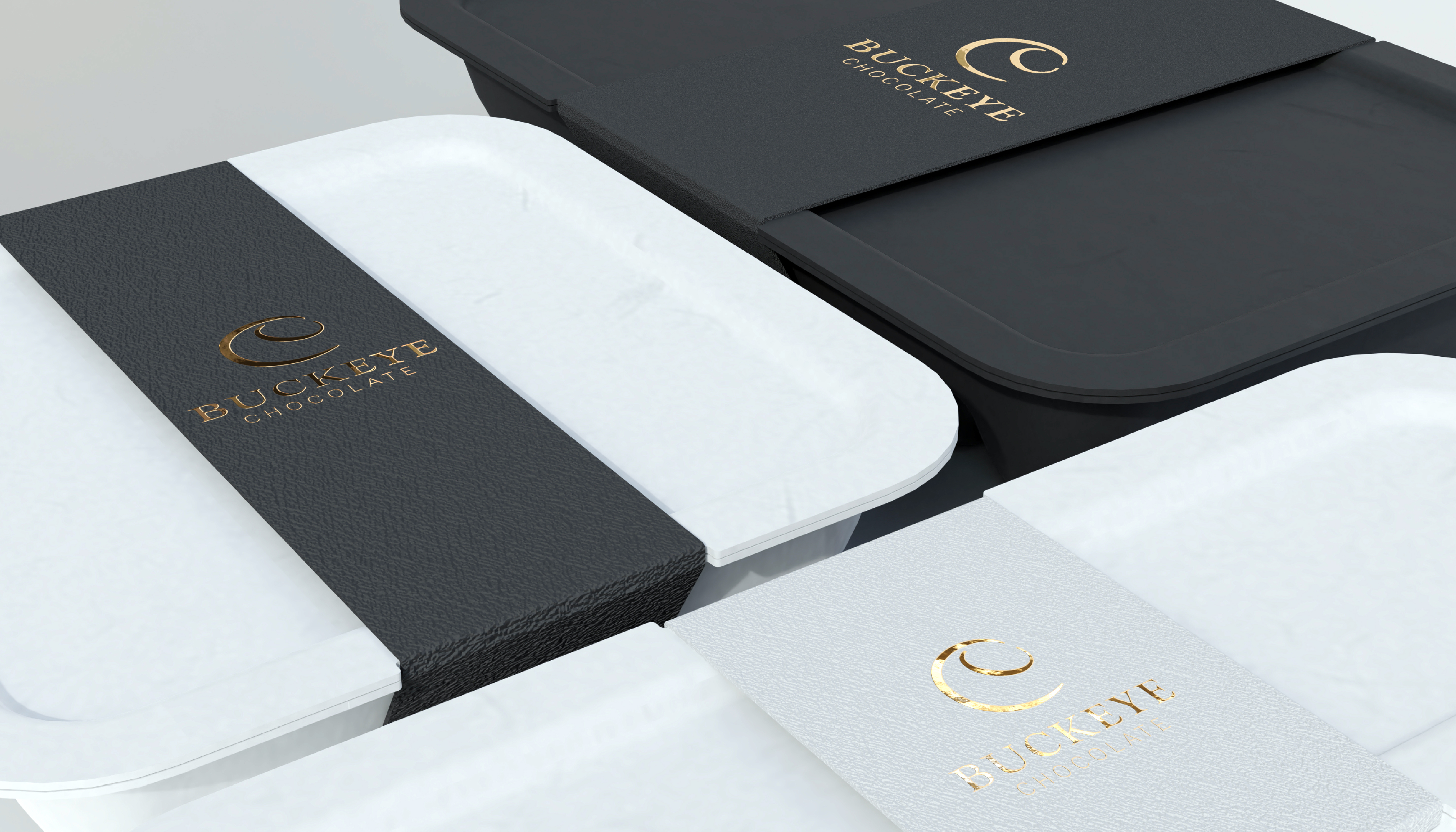
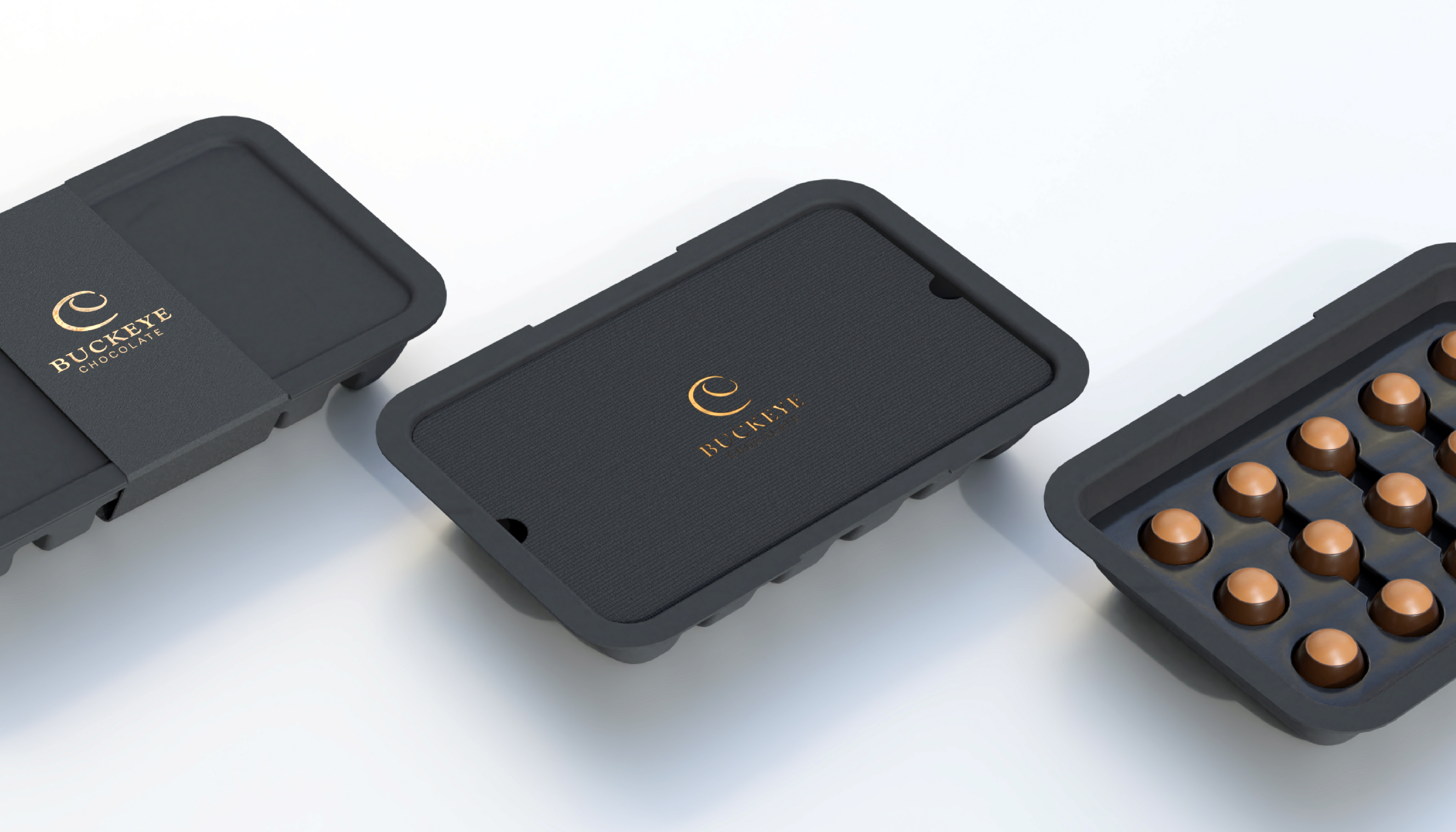
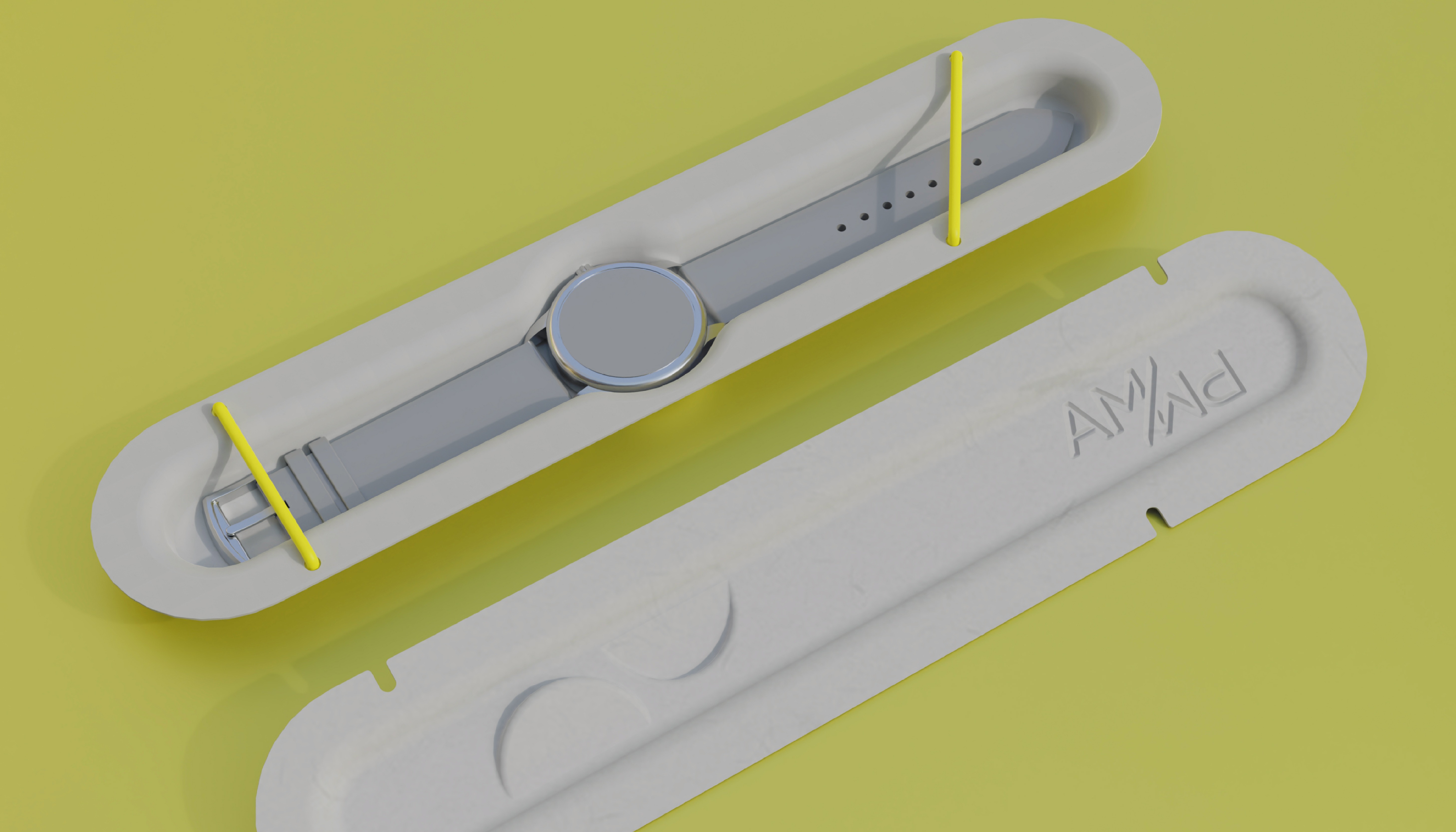
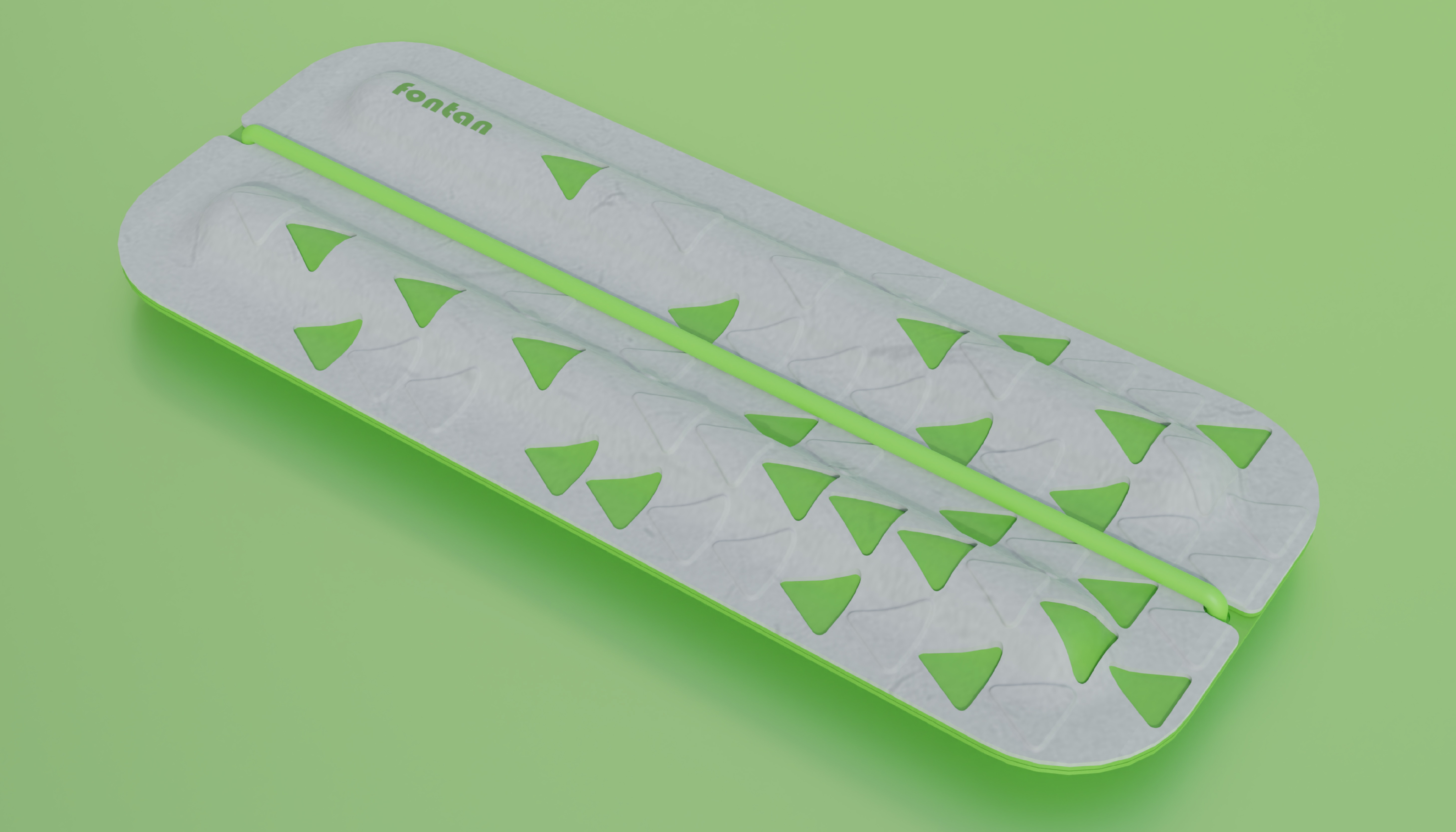
Biodegradable packaging materials are engineered to break down into organic matter when disposed of, aiming to minimise their environmental impact. These materials often start as renewable sources such as cornstarch, sugarcane, bamboo, mushroom and even seaweed.
A shift towards biodegradable materials is commendable for several reasons. However, the processes involved in making many of these biodegradable packaging materials can sometimes raise concerns. Some production methods require significant energy inputs and water consumption, which, if not managed carefully, can offset their eco-friendliness. Some biodegradable materials also draw from essential (staple) food sources.
It’s therefore vital to strike a balance between making the materials biodegradable and ensuring that their production methods are environmentally responsible. Compostability of biodegradable materials is the ideal outcome to avoid toxic residue and best facilitate disposal. This is because some biodegradable plastics are made from fossil fuels – which means they also end up creating microplastics and contaminating other plastics recycling streams.
As a bio-based material, paper products tend to offer a solid alternative. However, to deliver sustainable paper packaging solutions, it’s necessary to ensure the wood is sourced responsibly from well-managed forests. This requires forest certification, a high level of transparency and incorruptible tracking systems.
BIODEGRADABLE – STUFF YOU SHOULD KNOW
Advantages
- Environmental Impact: Designed to break down into organic matter, biodegradable materials reduce the volume of waste in landfills and minimise greenhouse gas emissions.
- Resource Efficiency: Many biodegradable materials, such as cornstarch or sugarcane-based plastics, are derived from renewable sources.
- Consumer Appeal: Products packaged in biodegradable materials align with the preferences of environmentally conscious consumers.
Disadvantages
- Limited Shelf Life: Exposure to moisture, heat, or light can cause biodegradable packaging to degrade prematurely, potentially compromising the product’s integrity.
- Recycling Confusion: Some biodegradable materials cannot be easily recycled, leading to consumer confusion about proper disposal.
RECYCLABLE PACKAGING:
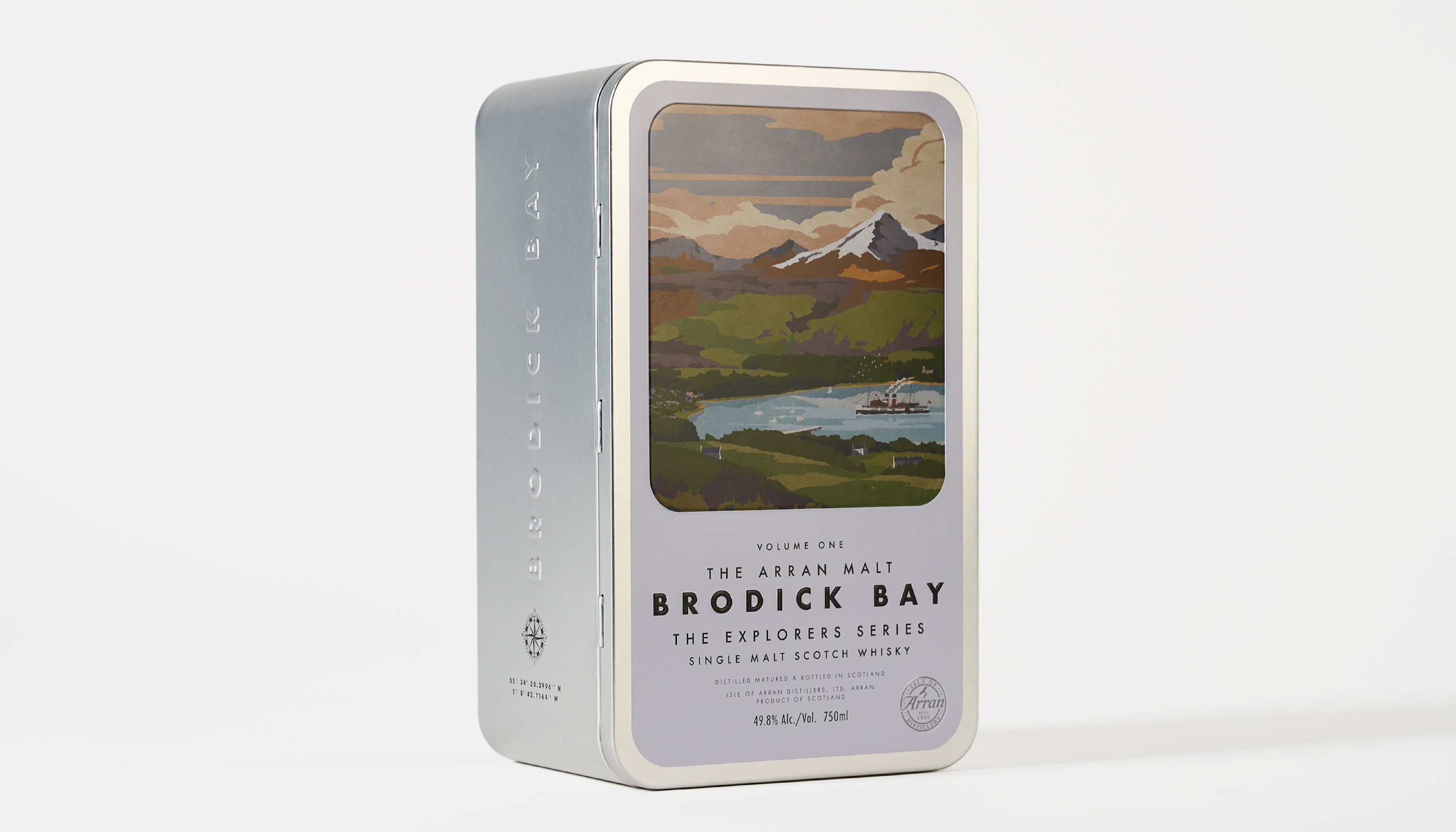
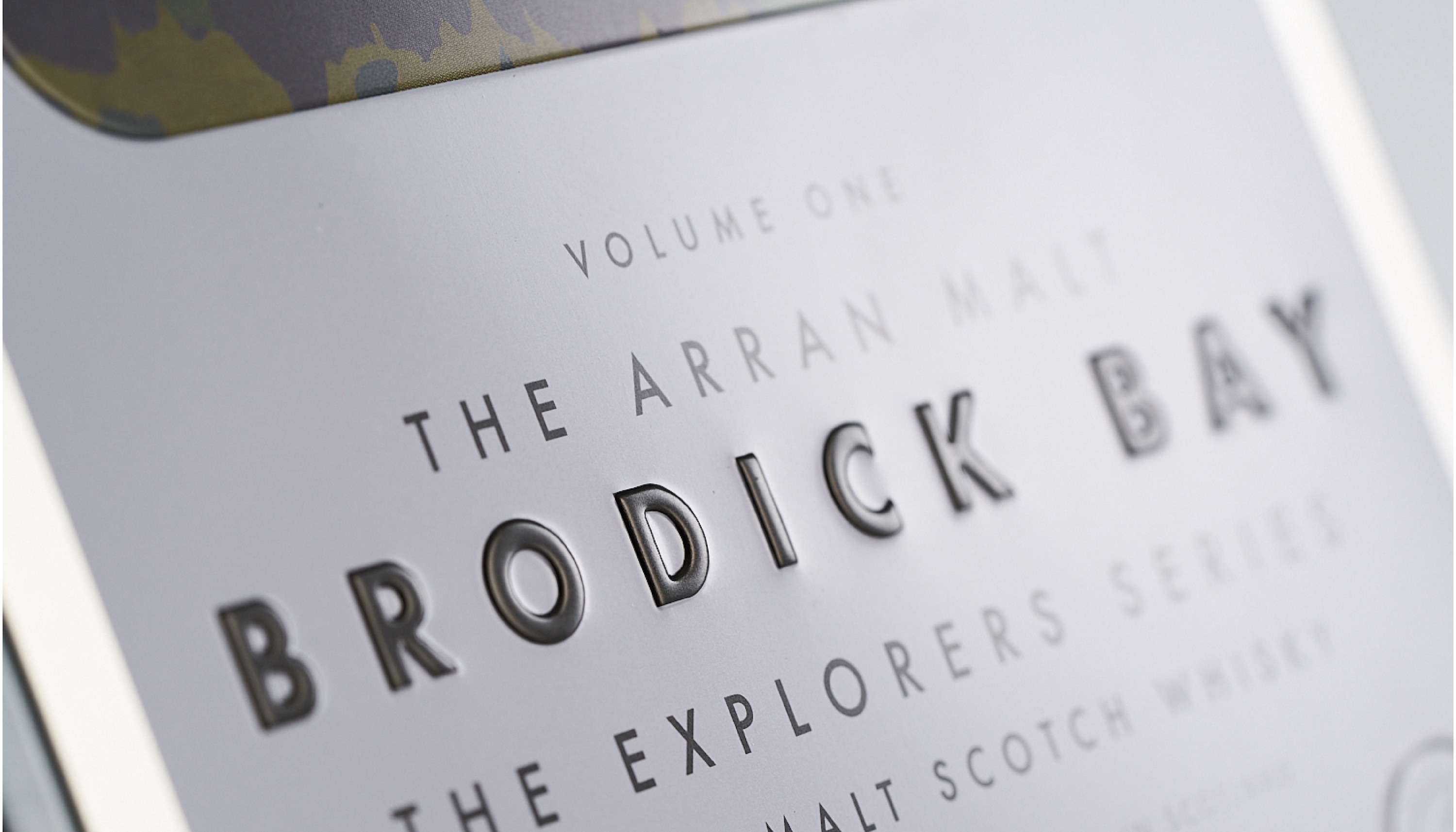

Recyclable packaging materials, such as cardboard, tin, glass, and specific plastics (such as Polyethylene Terephthalate (PET) and Polypropylene (PP), amongst others), have long been hailed as a sustainable choice.
The process of recycling materials reduces the demand for virgin resources, conserving energy and lowering greenhouse gas emissions. Yet, the recycling industry itself can be resource-intensive. Collecting, sorting, and processing recyclable materials often requires substantial energy and water usage. Moreover, not all materials can be efficiently recycled, leading to waste and inefficiency in the recycling process.
Recycling requires waste to be transported, sorted, cleaned, and processed in separate facilities, all of which require energy and may result in by-products that can pollute soil, air, or water. The transportation employed to pick up recyclable products can also increase air pollution by releasing airborne toxins. The challenge therefore lies not only in choosing recyclable materials but also in streamlining recycling methods for maximum sustainability.
RECYCLABLE – STUFF YOU SHOULD KNOW
Advantages
- Resource Conservation: Recycling reduces the need for virgin materials, conserving natural resources and energy.
- Widespread Adoption: Recycling programmes are well-established in many countries, making it a convenient and recognised method of waste reduction.
- Extended Life Cycle: Recyclable materials can be reused multiple times, further reducing waste.
Disadvantages
- Recycling Challenges: Not all materials are easily recyclable, and contamination can reduce the effectiveness of recycling programs.
- Energy Consumption: The recycling process can be energy-intensive, potentially offsetting some of the environmental benefits.
- Infrastructure Gaps: Some countries/ regions lack the necessary recycling infrastructure for efficient waste management.
REUSABLE PACKAGING:

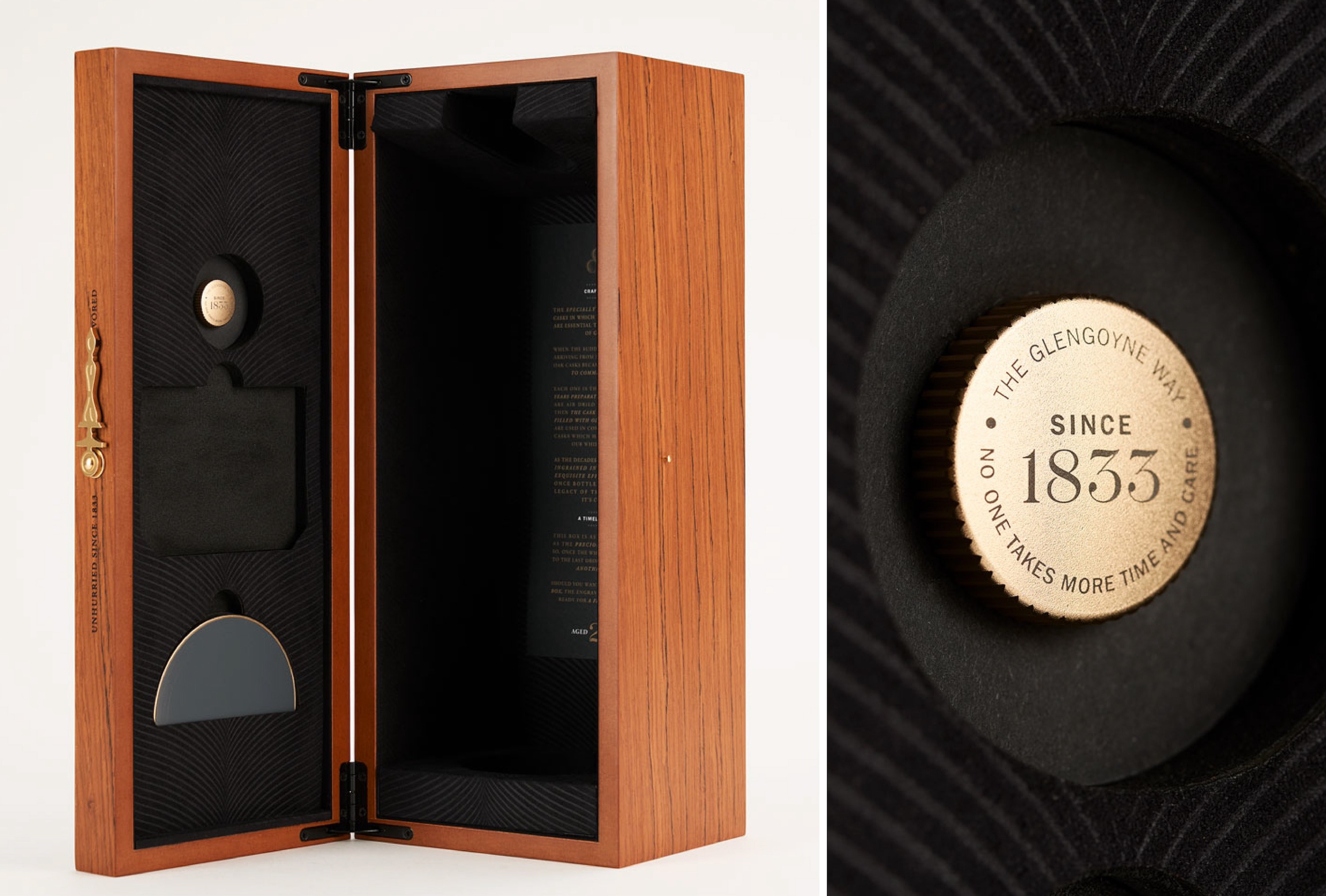

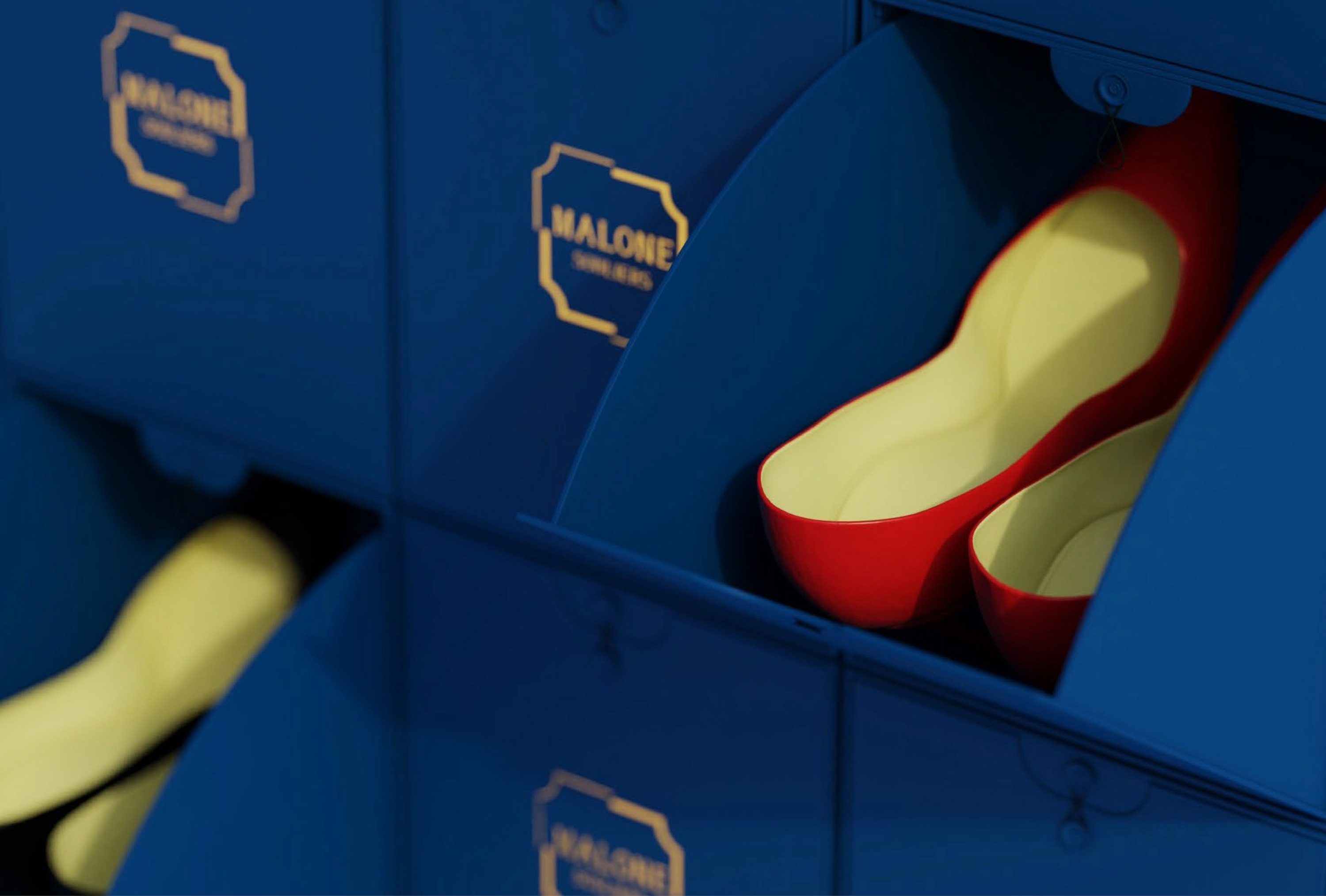
Reusable packaging involves the use of durable materials such as glass, tin – or metal, MDF, wood or high-quality plastics that can be employed multiple times – and substantially reducing single-use packaging waste. Whilst the adoption of a secondary use (ability to be used for another purpose or function) approach to packaging design undoubtedly aligns with sustainability goals, it’s important to consider the entire lifecycle of reusable materials.
The production of robust, reusable packaging often requires more resources upfront, both in terms of materials and energy, compared to single-use counterparts. Additionally, managing the logistics of returning, cleaning, and maintaining reusable packaging can be both complex and energy-intensive. The challenge here lies in optimising the life cycle of reusable materials and minimising their environmental footprint.
REUSABLE – STUFF YOU SHOULD KNOW
Advantages
- Waste Reduction: Reusable packaging significantly reduces single-use packaging waste, aligning with sustainability goals.
- Cost Savings: Over time, businesses can save money by investing in durable packaging materials.
- Brand Loyalty: Reusable packaging often enhances brand image and fosters loyalty among sustainability-conscious consumers.
Disadvantages
- Upfront Costs: Implementing reusable packaging solutions may require initial investments in more expensive materials and logistics.
- Logistical Complexity: Managing the return, cleaning, and maintenance of reusable packaging can be complex and costly.
- Consumer Behaviour: Encouraging consumers to participate in reusable packaging programs can be a challenge, necessitating education and incentives.
Conclusion:
In the ongoing quest for sustainable packaging supremacy, there is, at least right now, no one-size-fits-all solution. The choice between biodegradable, recyclable, and reusable packaging materials hinges on various factors, including product nature, market dynamics, and logistical capabilities.
Biodegradable packaging offers an attractive solution to landfill waste and environmental impact, but challenges related to shelf life and recycling complexities need further refinement. Recyclable packaging, with its established infrastructure and resource conservation benefits, is a dependable option but must contend with material-specific recycling limitations and energy consumption. Reusable packaging excels in waste reduction and long-term cost savings, but it requires substantial initial investments and meticulous management.
Ultimately, a blend of these materials and strategies may be the most effective approach. IPL Packaging is committed to assisting businesses in navigating the intricate landscape of sustainable packaging, providing tailor-made solutions that align with their objectives and values. In the pursuit of a genuinely sustainable future, the choice between easy and challenging changes remains an ongoing conversation that businesses and their supply partners must engage in to make a significant impact on our planet.
For more information on packaging solutions or to gain insight into our latest packaging trends, follow us on LinkedIn, or join our community of packaging enthusiasts by signing up to our monthly newsletter below. Keep an eye on our news section for insightful articles and innovative ideas around packaging materials, product development and design.
*based on market cap as of September 2023.
More articles

May 4, 2022
The Costs of Conflict

November 16, 2020
Arran 21 YO – A Luxury Packaging Awards Finalist

June 23, 2021
4 Important considerations for cosmetics packaging

July 26, 2022
6 Strategic Priorities for Packaging Companies in the New Unknown

December 8, 2020
A ‘New Normal’ in Packaging for Traditional Luxury Brands?

May 19, 2022
A Slam Dunk for Cincoro

June 17, 2021
Great scents, greater social responsibility

October 22, 2020